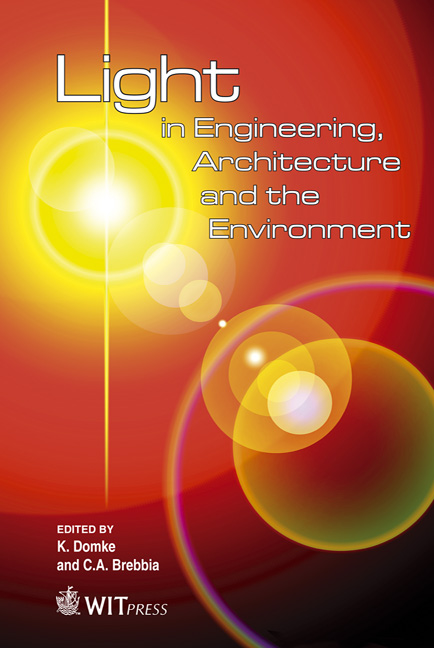A Lighting Study For Air Traffic Control Towers
Price
Free (open access)
Transaction
Volume
121
Pages
12
Page Range
185 - 196
Published
2011
Size
333 kb
Paper DOI
10.2495/LIGHT110161
Copyright
WIT Press
Author(s)
S. Grignaffini & M. Romagna
Abstract
The purpose of this work was to determine the characteristics of glass and natural and artificial lighting systems capable of achieving, within the operating rooms of the air traffic control towers, the optimal conditions in terms of visual performance and comfort, within a framework established by law, from energy conservation, the availability of materials, ease of maintenance, security. The solutions identified, although the result of a compromise between different environmental and functional requirements often conflict with each other, were still subject to the need to ensure the proper and safe view of the external environment by air traffic controllers. The methodology, given the complexity of the problems arising from the interaction between various parameters, is based on different and successive levels of detail, each of which is in preparation of the next. In particular, starting from a lumped parameter-analysis that considers only the global aspects of the problem and identifies the main characteristics of materials and systems used, is followed by a study of distributed parameter to analyze in detail the visual aspects and solutions possible, before arriving in the creation of design specifications whose validity has been verified by studying a case type. The different levels of analysis can be summarized as follows: 1. Lumped parameter analysis 2. Distributed parameter analysis: visual environment 3. Distributed parameter analysis: case study Keywords: air traffic control towers, control room, natural lighting, artificial, lighting, glass, curtains, dimming, visual comfort.
Keywords
air traffic control towers, control room, natural lighting, artificial, lighting, glass, curtains, dimming, visual comfort





